Small Hydrangeas: The Perfect Plants For Small Spaces
Small Hydrangeas: The Perfect Plants for Small Spaces
Hydrangeas are a popular choice for gardens of all sizes, but they can be a bit too big for some spaces. If you have a small garden or patio, don't despair! There are many beautiful small hydrangeas that will thrive in even the smallest of spaces.
In this blog post, we will discuss the different types of small hydrangeas, as well as their care and maintenance. We will also provide some tips on how to choose the right small hydrangea for your needs.
Types of Small Hydrangeas
There are many different types of small hydrangeas, each with its own unique characteristics. Some of the most popular varieties include:
- Hydrangea arborescens: These hydrangeas are native to North America and are known for their white or pink flowers. They are relatively low-maintenance and can tolerate a variety of soil conditions.
- Hydrangea paniculata: These hydrangeas are known for their large, conical flowers that can range in color from white to pink to blue. They are a bit more difficult to care for than hydrangea arborescens, but they are still a good choice for small gardens.
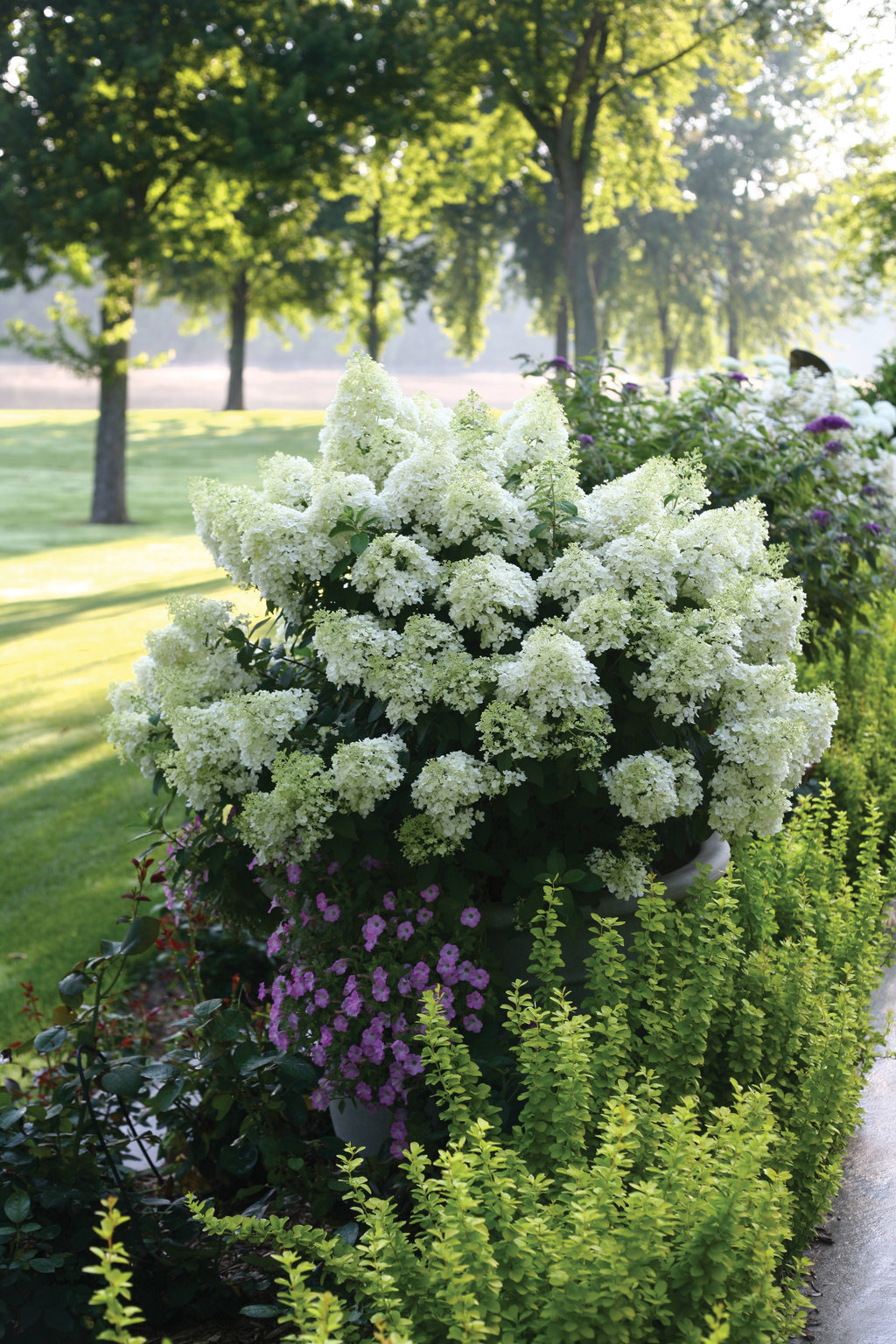
- Hydrangea quercifolia: These hydrangeas are known for their large, oak-shaped leaves and their panicles of white or pink flowers. They are a bit more difficult to find than other types of small hydrangeas, but they are well worth the effort.
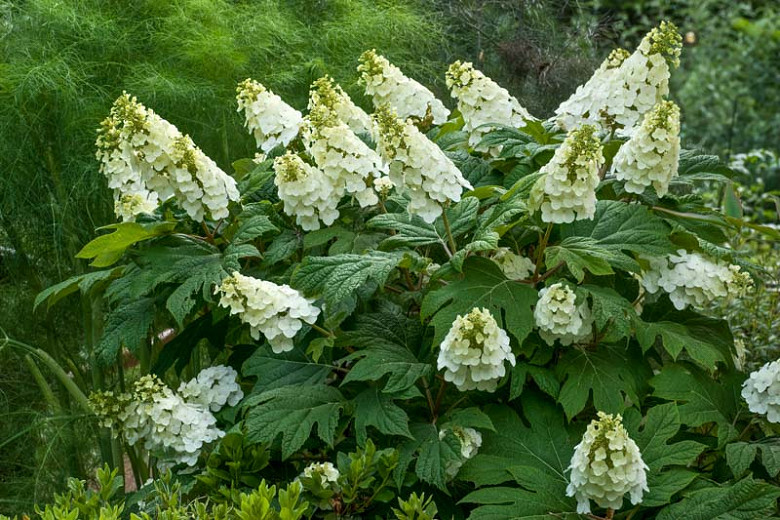
- Hydrangea serrata: These hydrangeas are known for their small, dainty flowers that can range in color from white to pink to blue. They are a bit more delicate than other types of small hydrangeas, but they are still a good choice for small gardens.

Care and Maintenance
Small hydrangeas are generally easy to care for, but there are a few things you can do to help them thrive.
- Water regularly: Small hydrangeas need regular watering, especially during the summer months.
- Fertilize in spring: Fertilize your small hydrangeas in the spring with a balanced fertilizer.
- Prune in late winter or early spring: Prune your small hydrangeas in late winter or early spring to remove dead or damaged branches.
- Protect from harsh weather: If you live in an area with harsh winters, you may need to protect your small hydrangeas from the cold.
Choosing the Right Small Hydrangea
When choosing a small hydrangea, there are a few things you should keep in mind:
- The size of your garden: Choose a variety that will fit in your garden.
- The amount of sunlight your garden gets: Some hydrangeas prefer full sun, while others prefer partial shade.
- The color of the flowers: Choose a variety that has flowers in a color you like.
- The hardiness zone: Choose a variety that is hardy in your climate.
Conclusion
Small hydrangeas are a beautiful and versatile addition to any garden. With so many different varieties to choose from, you're sure to find the perfect one for your needs. So don't be afraid to add a small hydrangea to your garden, even if you have limited space.
Small hydrangeas are a beautiful addition to any garden, and they come in a variety of colors and sizes. If you're looking for a small hydrangea that will add a touch of elegance to your garden, I recommend visiting . This website has a wide selection of small hydrangeas, and they offer detailed information on each plant, including its size, color, and care requirements.
In addition to providing information on small hydrangeas, also offers tips on how to grow and care for these plants. They have a blog with articles on topics such as choosing the right location for your hydrangeas, fertilizing them, and preventing pests and diseases.
If you're interested in learning more about small hydrangeas, I encourage you to visit . You'll find everything you need to know to choose the right plant for your garden and keep it healthy and beautiful.
FAQ of small hydrangea
Q: What are the different types of small hydrangeas?
A: There are many different types of small hydrangeas, each with its own unique characteristics. Some popular types include:
- Annabelle hydrangea (Hydrangea arborescens): This is a popular variety that produces large, white flower clusters. It is hardy in zones 3-9 and is a good choice for part shade or full sun.
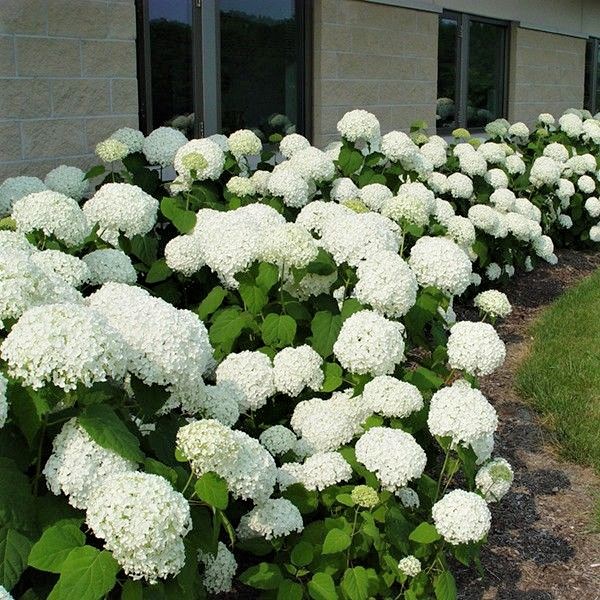
- Limelight hydrangea (Hydrangea paniculata): This variety produces large, conical flower clusters that bloom in shades of white, pink, or blue. It is hardy in zones 3-9 and is a good choice for full sun.
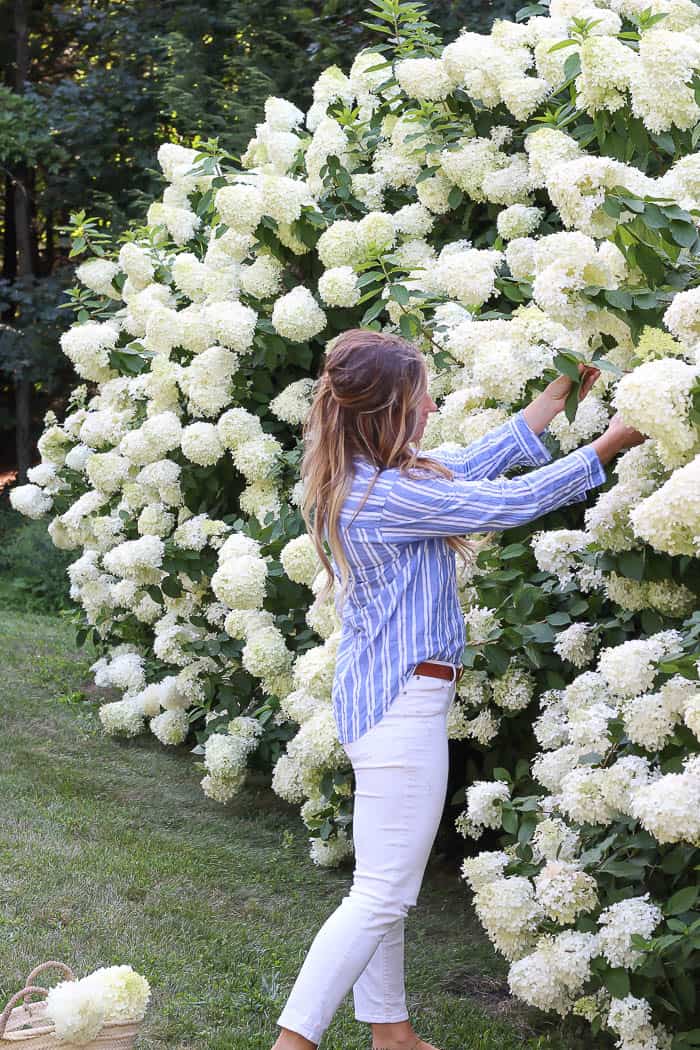
- Invincibelle Wee White hydrangea (Hydrangea arborescens): This variety is a dwarf version of the Annabelle hydrangea. It produces large, white flower clusters and is hardy in zones 3-9.
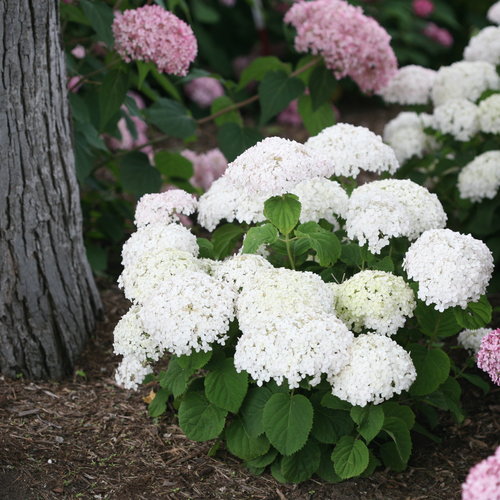
- Little Lime hydrangea (Hydrangea paniculata): This variety is a dwarf version of the Limelight hydrangea. It produces large, conical flower clusters that bloom in shades of white, pink, or blue. It is hardy in zones 3-9.
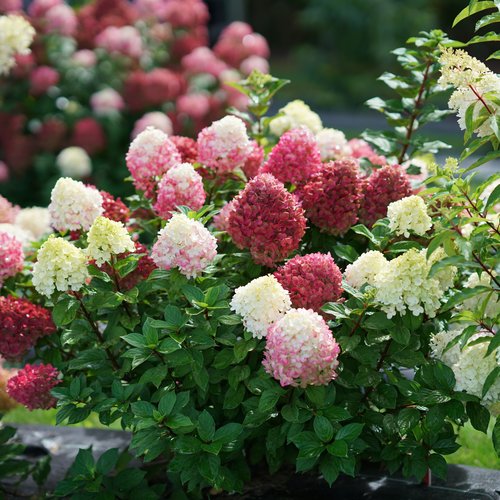
- Pee Wee hydrangea (Hydrangea quercifolia): This variety is a dwarf version of the oakleaf hydrangea. It produces small, cup-shaped flower clusters that bloom in shades of pink, blue, or purple. It is hardy in zones 4-9.

Q: How do I choose the right small hydrangea for my garden?
A: When choosing a small hydrangea for your garden, there are a few factors to consider:
- Hardiness zone: Make sure to choose a hydrangea that is hardy in your growing zone.
- Sun exposure: Some hydrangeas prefer full sun, while others prefer part shade.
- Soil type: Hydrangeas prefer moist, well-drained soil.
- Size: Choose a hydrangea that is the right size for your garden space.
Q: How do I care for a small hydrangea?
A: Small hydrangeas are relatively easy to care for. Here are some basic care tips:
- Water regularly, especially during the first year after planting.
- Fertilize in spring with a balanced fertilizer.
- Deadhead spent blooms to encourage new growth.
- Prune in late winter or early spring.
Q: How do I prevent hydrangeas from turning brown?
A: Brown leaves on hydrangeas can be caused by a number of factors, including:
- Drought: Hydrangeas need regular water, so make sure to water them deeply and regularly.
- Too much sun: Hydrangeas prefer part shade, so if they are planted in full sun, they may turn brown.
- Pests or diseases: Insects or diseases can also cause hydrangea leaves to turn brown.
If you are seeing brown leaves on your hydrangeas, first check the soil moisture. If the soil is dry, water the hydrangeas deeply. If the soil is moist, then you may need to move the hydrangea to a shadier location. If you suspect that pests or diseases are causing the brown leaves, you may need to treat the hydrangea with an insecticidal soap or fungicide.
Q: How do I get my hydrangeas to bloom blue?
A: The color of hydrangea flowers is determined by the pH of the soil. In acidic soil, hydrangeas will bloom blue. In alkaline soil, hydrangeas will bloom pink.
To get your hydrangeas to bloom blue, you can lower the pH of the soil by adding sulfur or aluminum sulfate. You can also add pine needles or oak leaves to the soil.
Image of small hydrangea
- Invincibelle Mini Mauve Hydrangea: This small hydrangea is a compact variety that grows to be about 2 feet tall and wide. It has beautiful mauve-pink flowers that bloom in late summer and early fall.
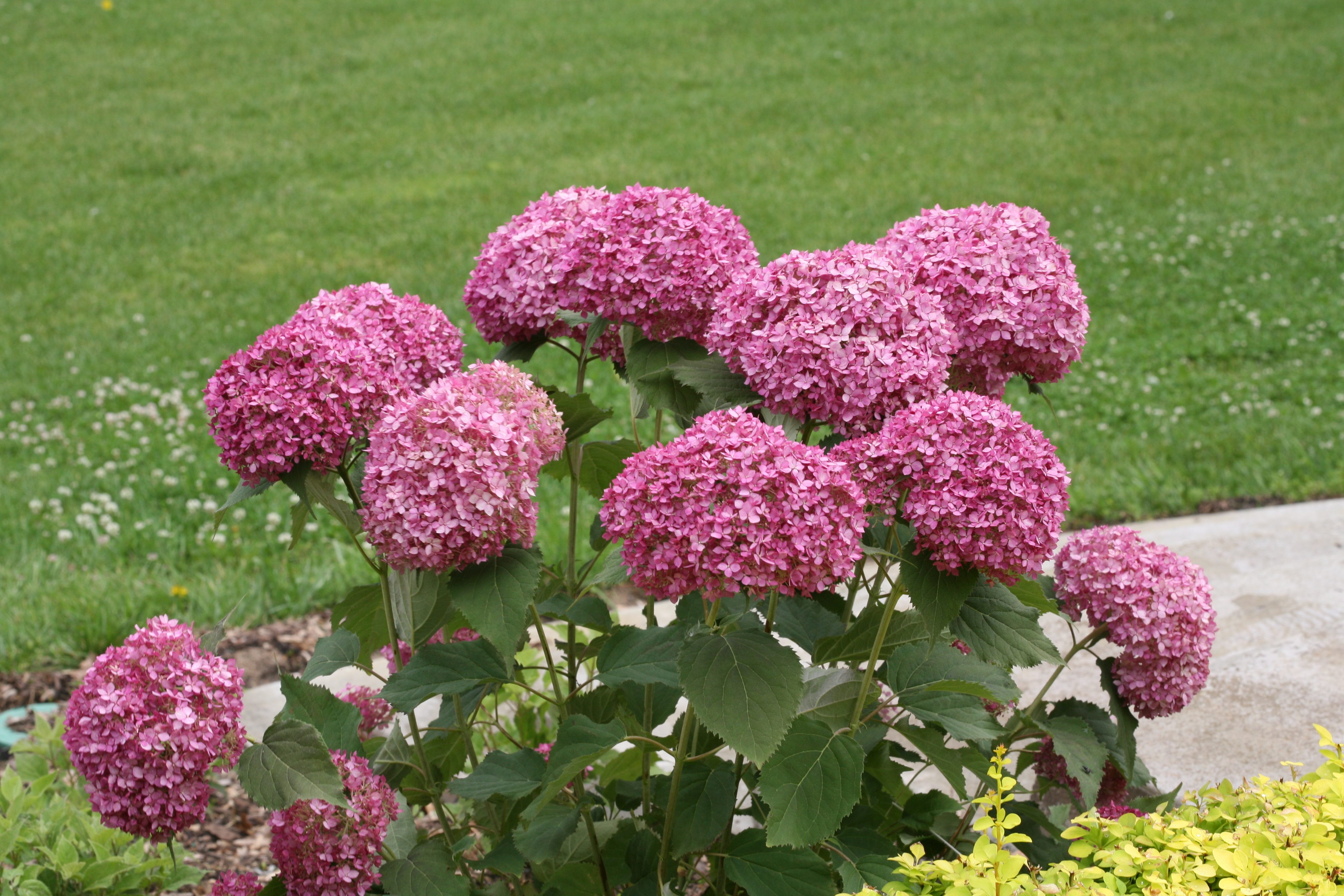
- Little Lime Hydrangea: This dwarf hydrangea is a great choice for small gardens. It grows to be about 18 inches tall and wide and has lime green flowers that bloom in summer.

- Incrediball Hydrangea: This small hydrangea is a versatile variety that can be grown in the ground or in a container. It grows to be about 3 feet tall and wide and has large, blue flowers that bloom in summer.
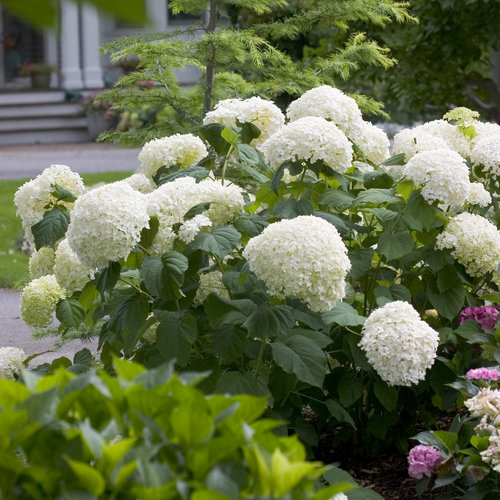
- PeeGee Hydrangea: This small hydrangea is a deciduous shrub that grows to be about 4 feet tall and wide. It has white flowers that bloom in summer and turn pink in fall.
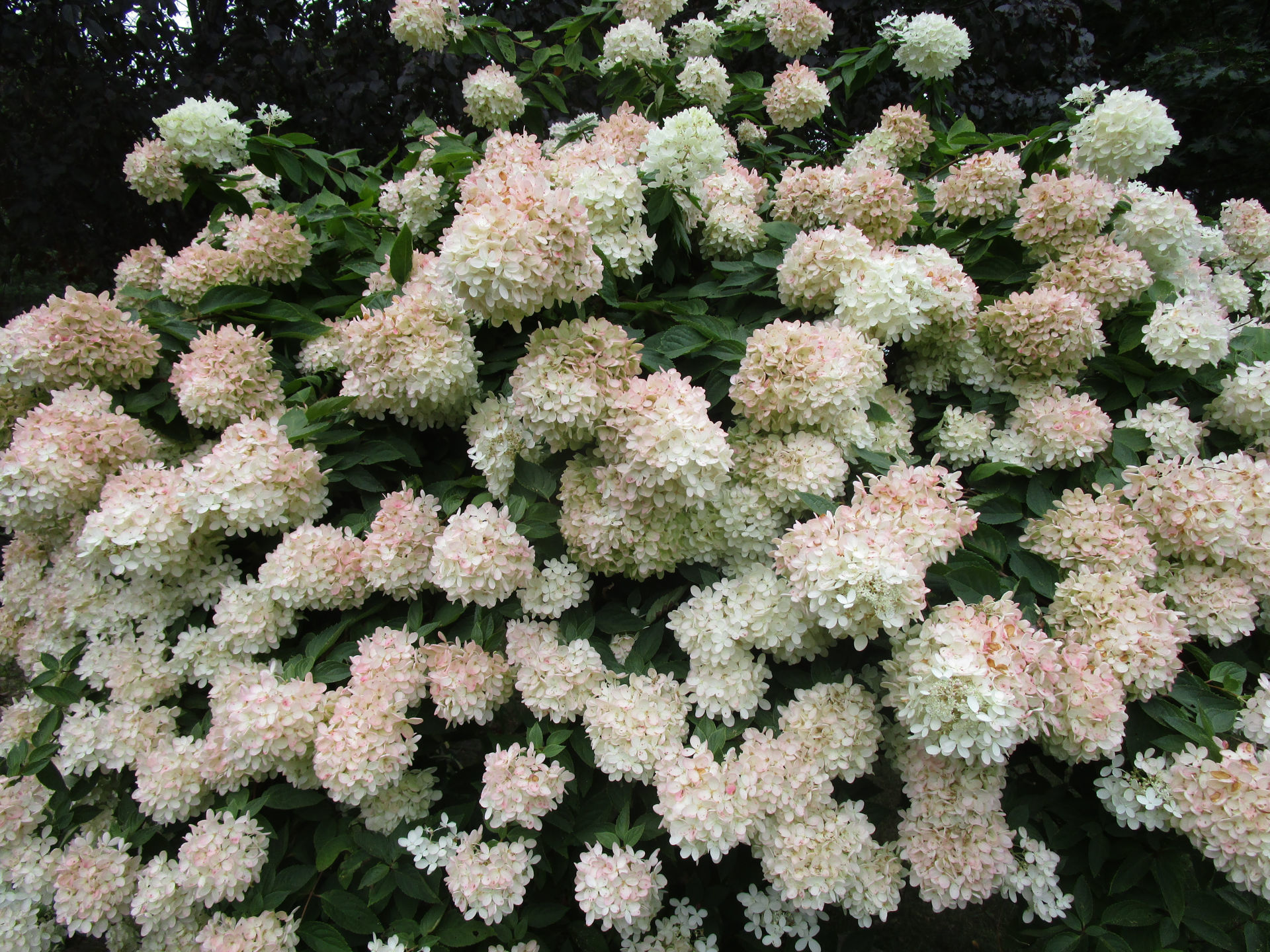
- Smooth Hydrangea: This small hydrangea is a hardy shrub that can grow in a variety of conditions. It grows to be about 3 feet tall and wide and has white flowers that bloom in summer.

Post a Comment for "Small Hydrangeas: The Perfect Plants For Small Spaces"